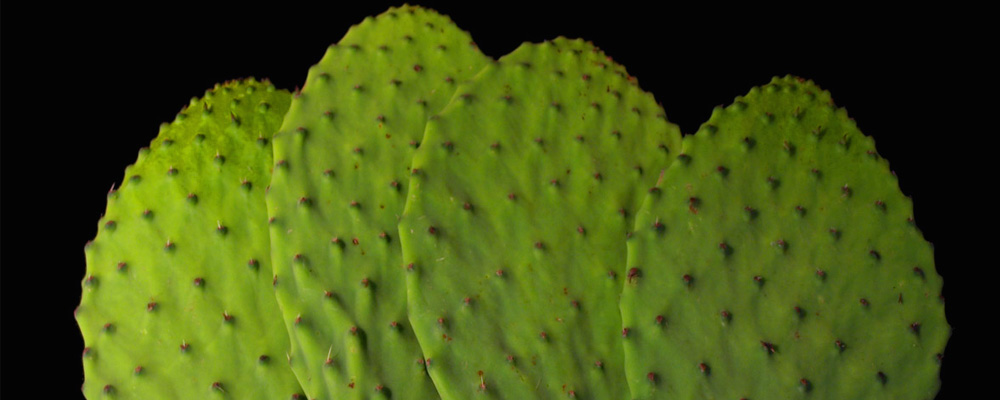
The nopal is a cactus plant of Mexican origin that has multiple health benefits. Learn more about this wonder.
The nopal is a plant that belongs to the family cactaceae. Its use dates back to the pre-Hispanic period. And it has different uses from gastronomic to medicinal. Learn more about this plant and its benefits.
Characteristics of the nopal, a plant from Mexico to the World
The nopal -or nopalli- is a Mexican plant that belongs to the family Cactaceae. It is also commonly known as palera or chumbera although its scientific name is Opuntia ficus-indica. This last name refers to a Greek town called Opus or Opuncia and it was granted because it is believed that a plant similar to the nopal existed on this site.
The nopal, with a hard texture, green color and spiny body, is found from the north to the center of Mexico. In the country there is more than 100 species of this cactus. It should be noted that it has been consumed and used since pre-Hispanic times due to its multiple medicinal benefits and, of course, its delicious flavor.
For example, at that time it was used as an aid in the treatment of skin diseases. It was also useful to heal minor burns, bruises and even strikes and other wounds generated by wars.
Benefits and medicinal properties
Currently, other medicinal properties and benefits of the nopal is known:
Lower blood sugar levels. This is due to the high content of fiber or mucilage that nopal has. Therefore, it is an excellent option for diabetic people. In this case, it is recommended to consume the plant in the form of juice.
Prevents the development of osteoporosis. Although it has not become a cure, it was discovered that the consumption of nopal is good for preventing osteoporosis in women.
Control stomach ache or gastritis. Thanks to the abundance of fiber the nopal contains, it is an excellent way to reduce stomach acidity, as well as helping to protect its natural mucosa.
Other benefits
It provides nutrients such as calcium, protein, carbohydrates, iron, and ascorbic acid.

